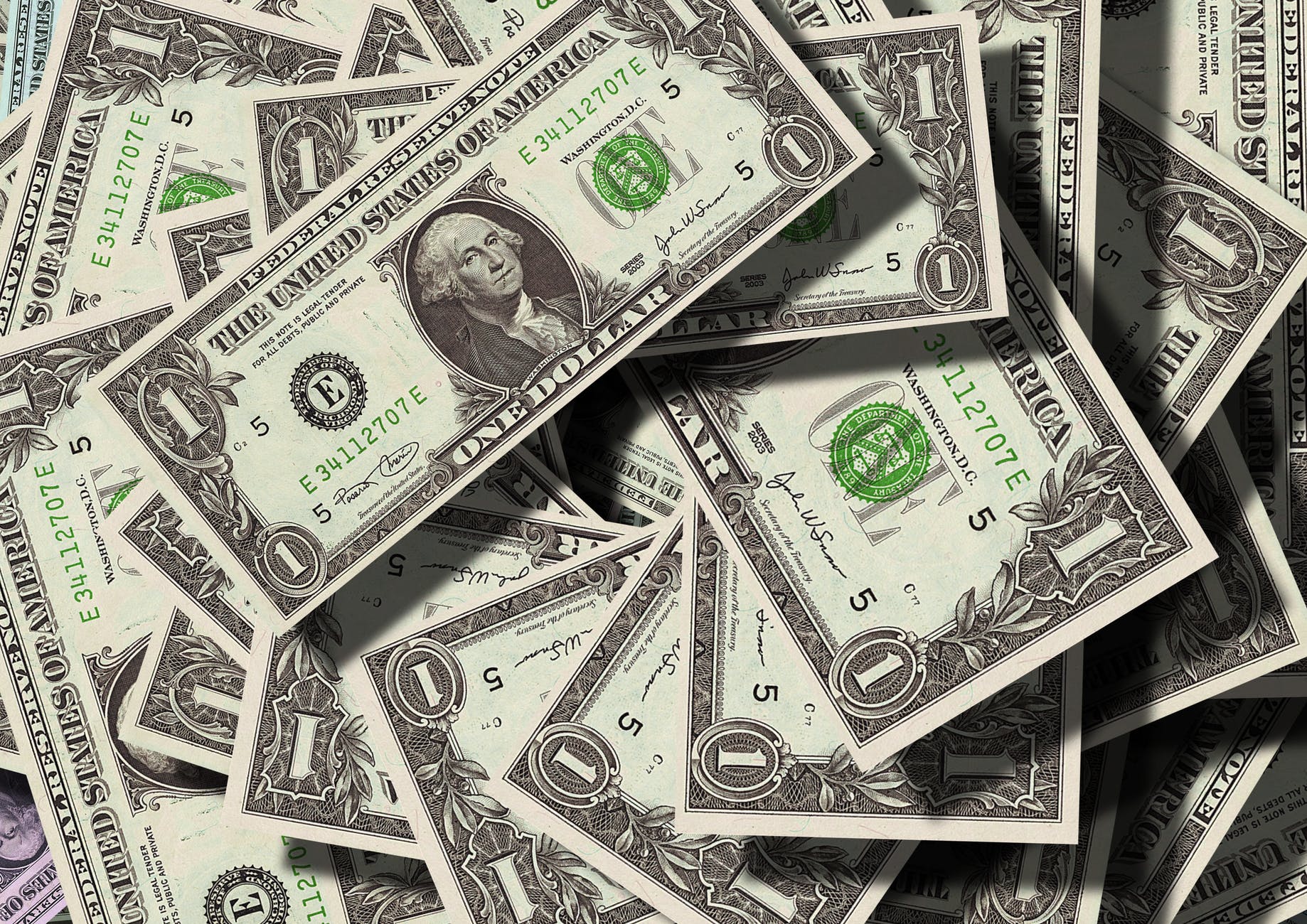Business
Small Business Guide to the Paycheck Protection Program
Along with being a public health emergency, the COVID-19 pandemic has also hit small businesses very hard. With stay-at-home orders and people avoiding unnecessary spending, many businesses are struggling to pay their employees and keep their doors open.
As a part of the coronavirus relief effort, congress launched the Paycheck Protection Program (PPP). A Paycheck Protection Program loan is intended to incentivize keeping workers on the payroll. Unfortunately, the first $349 billion earmarked for this program ran out in less than two weeks, and this left many small businesses without the funds they needed.
To address this shortfall, Congress passed a second bill to add $310 billion to the fund. In this leg of the funding, congress made sure to set aside money for smaller community lenders and credit unions, so it should be easier for some small businesses to access funding. With that said, lenders are expecting a rush as small businesses make efforts to ensure that they do not miss out on the funding this time around.
Since this program could play a vital role in keeping your business going through this difficult time, it is important to understand the program and to make sure you act fast. The following is a short guide to provide small business owners with the information they need to take advantage of the Paycheck Protection Program.
What Are The Qualifications?
The PPP is intended to help small businesses with fewer than 500 employees. However, there are some exceptions for businesses in different industries and for businesses that meet certain guidelines. As an example, franchises in the hotel and food industry that meet the Small Business Administration guidelines may qualify even if they have more than 500 employees.
Along with that, independent contractors, sole proprietors and self-employed individuals may also apply for PPP loans.
As of this writing, each qualified business is eligible for one loan and applicants must have a Taxpayer Identification Number (TIN) to apply.
How Much Money Can My Business Get?
Loans under the PPP can reach a maximum of $10 million. Under the guidelines of the program, a small business can get a loan that is equal to 2.5 times the average monthly payroll from the previous calendar year.
If no one at your company has an annual salary that exceeds $100,000, this is a straightforward maximum amount. However, the costs only apply to salaries up to $100,000, so if you have any employees that exceed this annual salary cap, you will have to subtract the excess from the total. As an example, if an employee makes $150,000 annually, you will have to subtract the excess of $50,000 from the total when you do the calculations.
As an additional limitation, the program only applies to employees who have their primary residence within the United States. If you have any employees who live overseas, you will not be able to include their salaries when applying for a PPP loan.
What Types of Costs Are Covered?
The primary purpose of the paycheck protection program is to help businesses to continue paying their employees. Beyond that, there are some eligible expenses that can be covered.
Loans under this program will have a 1% fixed interest rate and they require no collateral. The loans are due to be paid after two years, there are no penalties for prepayment and payments can also be deferred for six months.
Since the intention of the program is to keep people employed through this crisis, businesses need to understand their payroll costs and which expenses are eligible. This will help you to know how much to borrow and it will increase the chance that the loan can be forgiven.
The following are some of the payroll expenses that can be included:
- Any wages, salary, tips or commissions capped at the maximum of $100,000
- Benefits like sick leave, vacation time and family leave
- The cost of healthcare and retirement benefits
- Cost of separation expenses
- The cost of state and local taxes on employee compensation
Businesses cannot include any contractors or sole proprietors they work with since these people can apply for PPP loans of their own.
In addition to payroll, operating expenses like rent, mortgage and utilities are covered under the Paycheck Protection Program.
How Do You Get Loans Forgiven?
If a business uses the money for eligible expenses and follows the guidelines of the program, the loan can be forgiven. The main requirements for forgiveness are keeping employees on the payroll for at least eight weeks after the loan is granted and only using the money for eligible expenses.
Depending on the circumstances, forgiveness of the loan may be reduced. If you reduce staff before the eight-week period after the loan is approved, you may have to pay back some of the loan. If you reduce staff salaries for those who make less than $100,000 by more than 25%, that may be another reason to reduce loan forgiveness.
Furthermore, forgiveness is not a given. Businesses will need to apply to have the loan forgiven and they will need to provide documentation to show how the money was spent.
How To Apply For A PPP Loan?
Small businesses can apply for these loans with any SBA lender. The SBA also has a tool to help businesses find a lender on their website.
The program is set to get started on its second round of funding on April 27 and it is planning to run until June 30. With that said, borrowers should find a lender and apply as soon as possible. If the experience from the first round of PPP lending is a guide, the funds may not last long.









